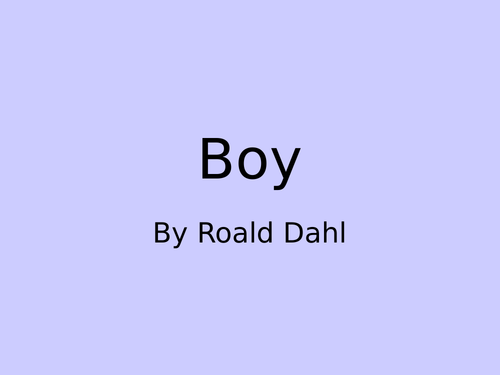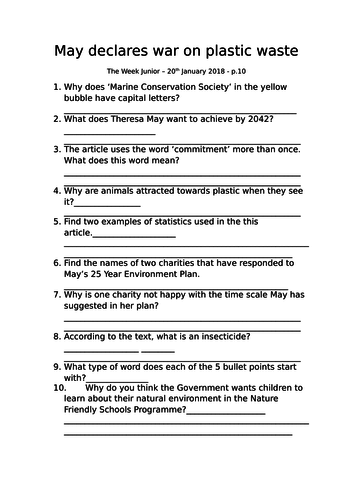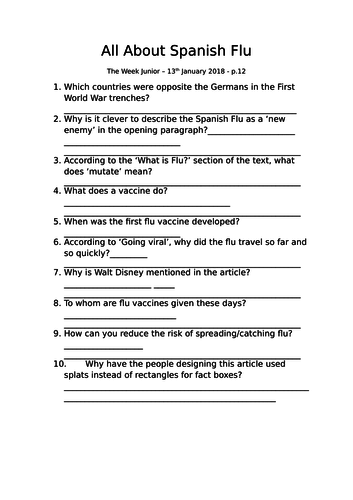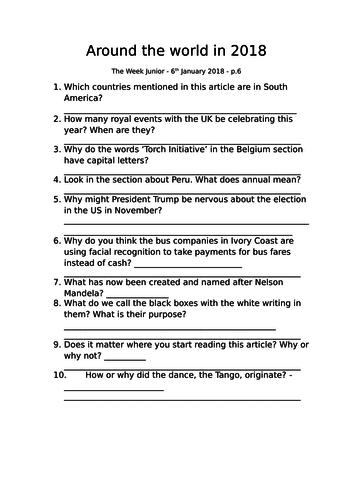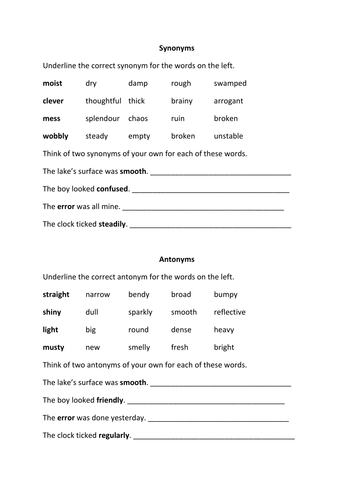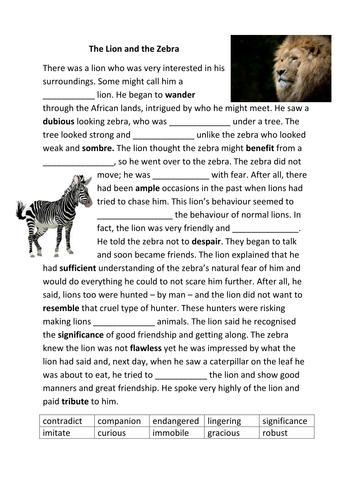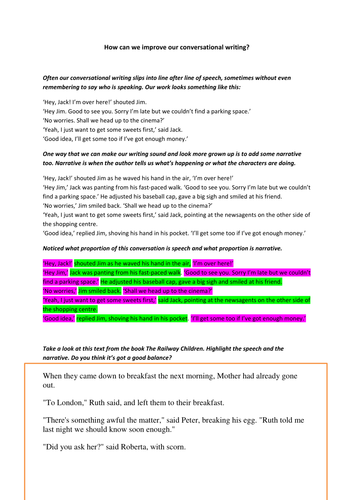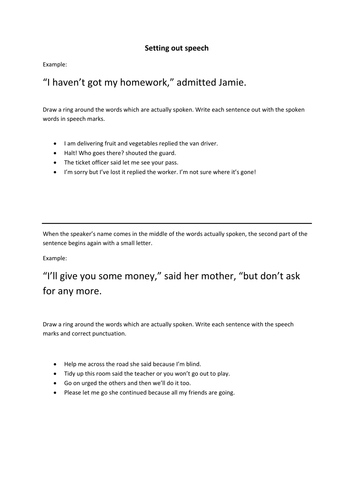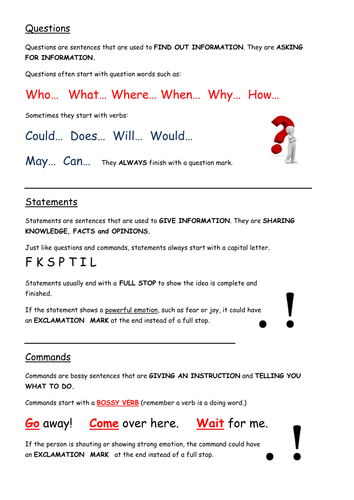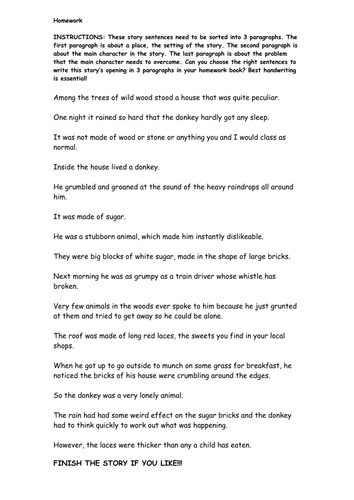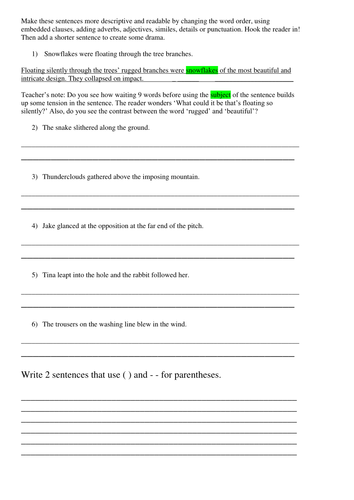46Uploads
41k+Views
16k+Downloads
English language arts

The Highwayman Unit - 5 sessions
This document has ideas for splitting The Highwayman into five sections with a follow up activity for each. These include a character sketch, a news report, a diary entry etc. An example of each of the follow up activities is given, written by one of my students, which you could share as model for your students. There is a basic outline of ideas on the document but you may wish to make your own powerpoints/extra resources.

Choosing between ar and er/ir/ur sounds
Some basic pictures with words underneath so that children can fill in the correct vowel sound. I had taught ‘ar’ in a recent lesson and er/ir/ur in this lesson, so I wanted something that would practise current learning but also revise previous learning.

Boy by Roald Dahl - questions, discussions and activities by chapter
Aimed at upper KS2 or KS3 readers, this resource provides a way to help students engage with the text. With 25 slides (one per chapter), it helps teachers to plan discussions and activities relating to each chapter. Some may be questions you want to ask along the way as you are reading as a class (or alternatively could be modified into comprehension task questions); other activities could be developed into a whole lesson (e.g. a piece of writing or a class debate).
There are a variety of tasks and questions around different topics and reading skills:
formal/informal language
standard/non-standard English
predictions
looking up vocabulary
author’s language choices
structural techniques such as short sentences and use of repetition
building up suspense
author’s awareness of the reader
author’s purpose in writing
This resource also aims to engage pupils in the text through:
drawing characters and settings
comparing what is recorded in the book with their own experiences
generating deeper discussion about schools, traditions and punishments
encouraging students to look up things on the internet: maps, photos, youtube clips

The Midnight Gang - questions, discussions and activities by chapter
As I read through The Midnight Gang by David Walliams, I jotted down ideas of questions and activities to do with my pupils. Organised by chapter, this powerpoint has over 50 slides with questions that cover all aspects of reading comprehension. Some have short, instant answers and others could be expanded into a 20 minute class discussion. For the creative teacher, there are many ideas and questions that could easily be developed into something exciting and memorable for the children. Some activities have been indicated as potentially cross-curricular, including opportunities for art, geography, science, drama and debate.
My purpose in adding this to TES is to provide teachers with a resource they could use in class with little or no preparation. Other teachers may not want to use it directly with the children but use it as a planning aid for their own lessons.

Homophones (4 activities with increasing difficulty)
Teaching homophones for an entire lesson is pretty hard work and the children get so overloaded with words that they can’t remember them all. So I created four smaller 10-20 minute activities to use as lesson starters or fillers to give children the words in smaller doses.
The first is a powerpoint, which would work best as a whole class with whiteboards. It asks if children know any different spellings for a given word and then uses pictures to support the teacher in giving definitions of the words.
The second is a matching activity (matching homophones to their definitions) that pupils could complete in pairs. These words are trickier and may require the children to use dictionaries.
The third activity is a gap fill, asking the children to choose the right homophone to complete the sentence. Again, dictionaries could be useful.
The final activity asks pupils to write their own sentences to show that they understand the different meanings of homophones. There is a points element that could help make this competitive if that’s the way you class works!
All activities meet NEW homophones; they are not repeated from previous activities.

Year 6 SPAG Quiz Competition for KS2 SATs Revision
This quiz is made up of 5 rounds with ten slides of questions per round plus a bonus question (usually a harder challenge). Answers are provided so that the quiz could be left for a supply teacher/covering TA.
Play with the whole class working independently, or in teams (it is set up to be played by 2 teams which are indicated by shapes in top corner of each slide). Each slide also has colour coding for level of difficulty and an option for winning points on each question.
Each round has a particular theme or topic: tenses, phrases and clauses, punctuation, types of words and making words (including root words, suffixes and antonyms).

Reading Comprehension - The Week Junior - 20.01.18 - War on plastic waste
If your children read The Week Junior, get them to read the ‘May declares war on plastic waste’ article on p.10 in the 20th January 2018 edition. Follow it up with this quiz which is based mainly on reading comprehension skills. 10 questions. Great for morning work or guided reading.

Reading Comprehension - The Week Junior - 13.01.18 - Spanish Flu
If your children read The Week Junior, get them to read the ‘All about Spanish Flu’ article on p.12 in the 13th January 2018 edition. Follow it up with this quiz which is based mainly on reading comprehension skills. 10 questions. Great for morning work or guided reading.

Reading Comprehension - The Week Junior - 13.01.18 - Trump
If your children read The Week Junior, get them to read the President Trump article on p.2 in the 13th January 2018 edition. Follow it up with this quiz which is based on reading comprehension skills. 10 questions. Great for morning work or guided reading.

Reading Comprehension - The Week Junior - 06.01.18
If your children read The Week Junior, get them to read the ‘Around the world in 2018’ article on p.6 in the 6th January 2018 edition. Follow it up with this quiz which is based mainly on reading comprehension skills. 10 questions. Great for morning work or guided reading.

Synonyms and Antonyms
There are four activities here.
1) Circle the word that is the antonym of the main word given.
2) Circle the word that is the synonym of the main word given.
3) Colour the words that are the antonyms and synonyms of the main words given.
4) Improve sentences by choosing a stronger synonym to replace weaker vocabulary.

Improve vocabulary (word meanings and dictionary work)
This resource shows a story (with a moral a bit like a fable) which has ten words highlighted within the story. These could be used as the initial focus for vocabulary for the lesson. There are also ten blank lines in the story and ten words at the bottom of the page. Children need to insert the words in the correct places in the story. With dictionary work, this could take a whole lesson or be good for a homework activity.
The twenty words are: contradict companion endangered lingering significance imitate curious immobile gracious robust wander dubious sombre benefit ample despair sufficient resemble significance flawless tribute.

The balance of speech and narrative in conversations
This resource seeks to highlight the fact that many children rely too heavily on speech when they are writing conversations. It gives an example of a speech relay (to-ing and fro-ing with speech line after line), which children so often fall into the trap of writing. It then shows how adding some narrative and description in amongst the speech can help the reader picture what's going on better. With two examples of classic children's novels, the children are encouraged to assess the balance of speech and narrative for themselves. Finally the children are given a speech relay which they are asked to 'flesh out' with some narrative to make a good balance for a more mature piece of writing.

Speech punctuation (inverted commas, setting out speech)
This resource, over two pages, has four activities increasing in difficulty. The first two give the pupils sentences in which they need to identify and circle the actual spoken words. Having done this, they can attempt to write out the sentences in their books with the correct punctuation. A modeled example is given.
The third activity asks the children to insert the punctuation on the sheet for a five-line conversation.
The final activity is a conversation between two characters. The one character has all of his lines already written on the sheet. The second character's responses need to be written by the pupils.

The importance and use of direct and indirect speech (reported speech)
This is not simply an activity of changing one to the other. The focus here is about how to make your writing more mature. The first two thirds of the worksheet are an explanation of how indirect speech can be used to avoid the narrator relaying every part of a conversation. It warns against long, tedious and even boring conversations, showing how indirect speech can speed up the narrative to keep the reader interested and the author in control.
The last third of the sheet shows a conversation using direct speech and here the pupils should be challenged to seek out the more important and less important parts in order to turn some of the conversation into indirect speech.

Simile matching and writing activity
This resource allows for work on eight sentences of similes, using 'like', 'as' and 'as if'.
It is a cut, match and stick activity.
The first five sentences require the children to match the starts and ends of sentences, with pictures to try and help them see the connections.
The last three sentences have the starts of the sentences and blank boxes for them to create their own endings, with enough room to draw a picture to help show the comparison.
Images have been labelled as appropriate for reuse via the advanced search of Google images.

Sentence types: Statements, Commands, Questions and Exclamations
This double-sided sheet introduces these four sentence types, explaining what they are are what punctuation they need. It looks at statements, commands and questions first before checking understanding with a simple quick identification exercise. It then looks at exclamations (as these are a little harder to explain) and gives another 5 sentences for children to identify whether they are statements or exclamations.

Identifying different phrases (noun phrases, adverbial phrases and prepositional phrases)
The one side of the sheet explains that phrases are unlike clauses in that they have no verbs. It then explains what the three different types of phrases are and gives examples of each.
On the second side of the sheet, there are twelve examples of phases that need to be coloured/highlighted/underlined to show which type of phrase they are. Then there are two sentences that involve all three types of phrases and these too need breaking down into the different phrases.

Paragraphs for upper KS2
There are two activities here, one more tricky than the other.
The first gives about 15 different sentences which all form the opening of a story. The sentences need to be sorted into three paragraphs about setting, character and problem. Even within the paragraphs, they need sorting into a logical order. They are designed in such a way that you could cut them up and move them around until you're happy.
The second activity is a short story that is written as one big chunk of text. This requires the children to mark where the new paragraphs should start. About 5 paragraphs are needed.

Uplevelling writing and word order for more able writers. Colons and Semi-colons.
I used this for homework for more able Year 5 and Year 6 pupils.
The first page is about taking ordinary sentences and making them more interesting by looking at word order for creating tension or excitement, and then following them with shorter sentences for contrast and drama.
The second page looks at the uses of colons and semi-colons, modelling examples before asking the children to write their own.



